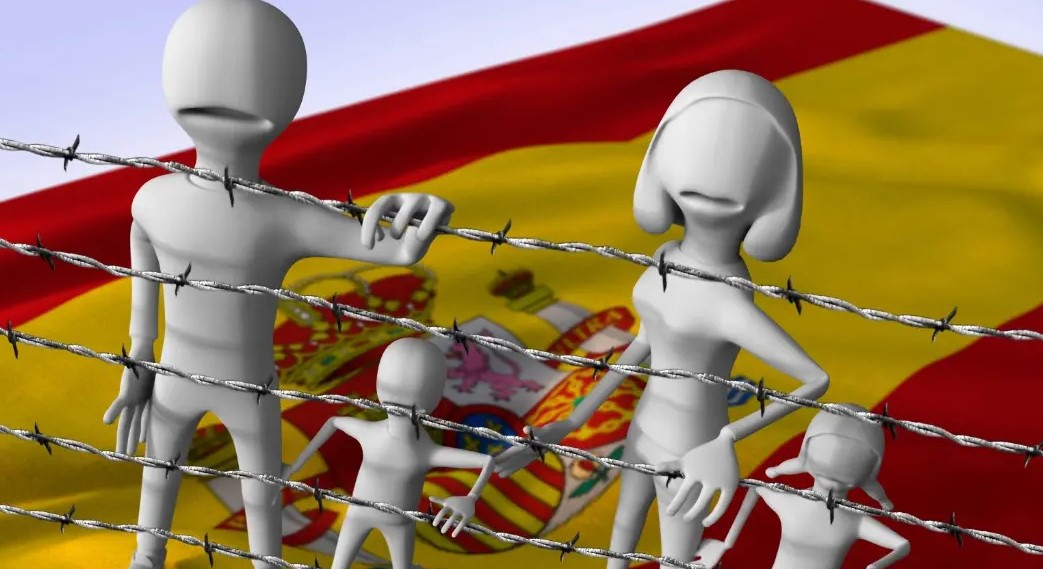The Canary Islands have been facing an unprecedented migration crisis since 2020. The archipelago has become the main gateway for irregular migration to Europe, pushing local capacities and resources to their limits. The figures are alarming and reveal an uncontrollable situation with far-reaching consequences for the region.
Dramatic Increase in Arrivals: A Chronology of the Crisis
According to current data from the General Commissariat for Foreigners and Borders, almost 160,000 irregular migrants have arrived in the Canary Islands between early 2020 and 2025. This number exceeds the population of major Spanish cities like Logroño or Badajoz (2024 data) and illustrates the immense scale of the challenge.
The development of arrival figures shows a worrying dynamic:
- 2020: 23,023 arrivals
- 2021: 22,316 arrivals
- 2022: Decrease to 15,682 arrivals
- 2023: Drastic increase to 39,910 arrivals, a 154% increase compared to the previous year.
- 2024: New record with 46,843 arrivals, a 17.4% increase.
- 2025: Already 11,300 arrivals (as of mid-year).
Overall, there has been a shocking 103.5% increase in arrivals from 2020 to 2024, underlining the urgency of the situation.
Changing Migration Profile: New Security Risks
In parallel with the rising numbers, the migration profile of arrivals has also significantly changed, leading to new security risks for European coasts. While migrants from Senegal predominated between 2020 and 2023, people from Mali now constitute the majority. Mali is one of the most unstable regions in the Sahel, where jihadist cells are fighting for control. This shift in the migration profile increases potential security risks and presents new challenges for the authorities.
Morocco’s Role: A Key Factor in the Atlantic Route
Morocco’s role in this migration crisis is crucial. It is observed that Moroccan authorities often turn a blind eye to the numerous boats departing from coastal areas such as Tan-Tan, Tarfaya, and the Sahrawi coast to Cabo Blanco. As of 2025, most cayucos arriving in the Canary Islands set sail from these areas under Moroccan control. Morocco’s lack of control and inaction on the Atlantic route significantly exacerbates the already tense situation in the Canary Islands.
The Canary Islands at a Crossroads: An Open Question
With nearly 160,000 irregular migrants in just five years, an increase of over 100% in recent years, and a changing, potentially riskier migration profile, the Canary Islands face an existential challenge. Morocco’s inaction and the uncontrolled immigration via the Atlantic route raise the question: How much longer can the islands withstand this pressure? A rapid and coordinated European response is urgently needed to avert a humanitarian and logistical catastrophe.




